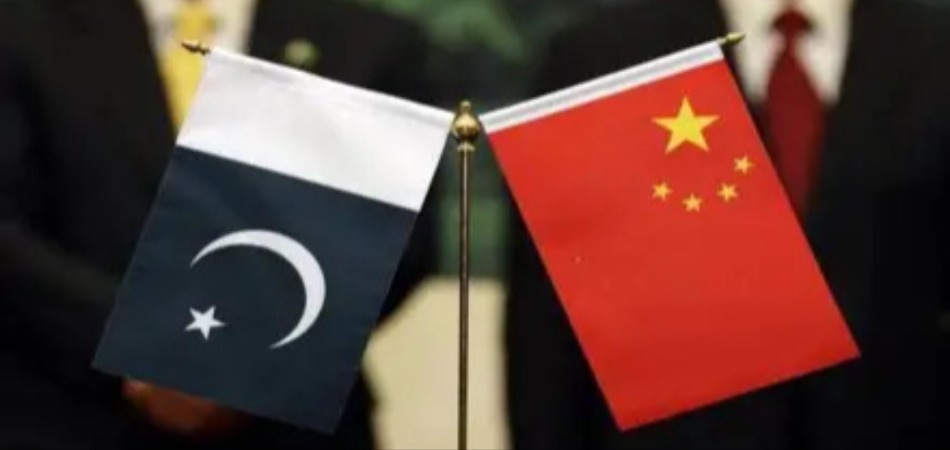Rising capacity payments: A big hurdle in cheap electricity provision

MG News | July 18, 2019 at 03:38 PM GMT+05:00
July 18, 2019 (MLN): Pakistan’s power generation sector has undergone significant changes over the last five years, and still a lot needs to be done to address the remaining challenges.
The special section in SBP’s third quarterly report released recently, highlights the performance of power generation sector and reasons behind the consistent high tariffs in Pakistan.
As per the report, the overall electricity generation capacity has increased by over 40 percent from June 2013 onwards, with a visible shift in fuel composition towards cheaper sources. The objective behind this transformation was to avoid power outages in the country and to make energy affordable.
With this transformation, the question of why the tariffs have not softened yet despite of apparent decline in fuel cost has become even more mainstream.
The report highlights that capacity payments constitute the bulk of power tariffs in Pakistan, and sharp increase in these payments in recent years has completely offset gains from declining fuel cost.
As NEPRA determines the tariff for all the generation, transmission and distribution companies, and at the generation level, the tariff determined based on power purchase agreements (PPA) between power producers (IPPs and public Gencos) and a Central Power Purchasing Agency (CPPA).
The PPA allows calculating the revenue requirements for an individual power producer based on (i) a capacity charge, which includes costs pertaining to the design and construction of power units, the guaranteed return on equity, and debt financing charges, among others; and (ii) an energy charge, that covers variable costs, primarily fuel (which is based on a benchmark for fuel price by Nepra), and operation and maintenance (O&M) costs.
It is worthwhile to note that the capacity charge is indexed periodically with multiple parameters including exchange rate, domestic interest rates, foreign interest rates, etc. and power producers are allowed to impose this capacity charge irrespective of the amount of electricity (produced and) sold by them. Therefore, depreciation of the Pak rupee and/or increase in domestic or foreign interest rate increase the capacity charge and the retail tariff.
Thus, “rising capacity payment of all the power producers from FY18 onwards owing to sharp depreciation of the Pak rupee and an increase in the interest rates have been the major contributing factor to the consistently high end-user tariffs” the report said.
The report further compares the tariff between 2013 and 2018, making it clear that while the fuel charges have certainly softened due to lower oil prices and a shift in domestic fuel composition, capacity charges have actually increased. For nearly all the Discos, the increase in capacity charges has completely offset the fall in fuel charges.
Moreover, since June 2014, the country’s power generation capacity has increased by 45.7 percent (7.8 percent CAGR) to reach 34,282 MW at end March 2019 due to massive investment from the government in the power sector, as well as the completion of CPEC-related energy projects.
Although power sold by generation companies also increased during this period, this has not been sufficient to keep the capacity cost unchanged, said a report.
If things remain the same and significant amount of investment is not made on transmission and distribution, it appears that the increase in generation capacities would keep electricity tariffs at escalated levels. Furthermore, if the government wants to do away with subsidies, it must carry out reforms in the entire power sector value-chain in order to ensure affordable electricity to households, exporters and other consumers.
Copyright Mettis Link News
Related News
| Name | Price/Vol | %Chg/NChg |
|---|---|---|
| KSE100 | 138,597.36 256.32M | -0.05% -68.14 |
| ALLSHR | 85,286.16 608.38M | -0.48% -413.35 |
| KSE30 | 42,340.81 77.13M | -0.03% -12.33 |
| KMI30 | 193,554.51 76.19M | -0.83% -1627.52 |
| KMIALLSHR | 55,946.05 305.11M | -0.79% -443.10 |
| BKTi | 38,197.97 16.53M | -0.59% -225.01 |
| OGTi | 27,457.35 6.73M | -0.94% -260.91 |
| Symbol | Bid/Ask | High/Low |
|---|
| Name | Last | High/Low | Chg/%Chg |
|---|---|---|---|
| BITCOIN FUTURES | 117,670.00 | 121,165.00 117,035.00 | -1620.00 -1.36% |
| BRENT CRUDE | 69.23 | 70.77 69.14 | -0.29 -0.42% |
| RICHARDS BAY COAL MONTHLY | 96.50 | 0.00 0.00 | 2.20 2.33% |
| ROTTERDAM COAL MONTHLY | 104.50 | 104.50 104.50 | -0.30 -0.29% |
| USD RBD PALM OLEIN | 998.50 | 998.50 998.50 | 0.00 0.00% |
| CRUDE OIL - WTI | 66.03 | 67.54 65.93 | -0.20 -0.30% |
| SUGAR #11 WORLD | 16.79 | 17.02 16.71 | 0.05 0.30% |
Chart of the Day
Latest News
Top 5 things to watch in this week
Pakistan Stock Movers
| Name | Last | Chg/%Chg |
|---|
| Name | Last | Chg/%Chg |
|---|




 Weekly Forex Reserves
Weekly Forex Reserves